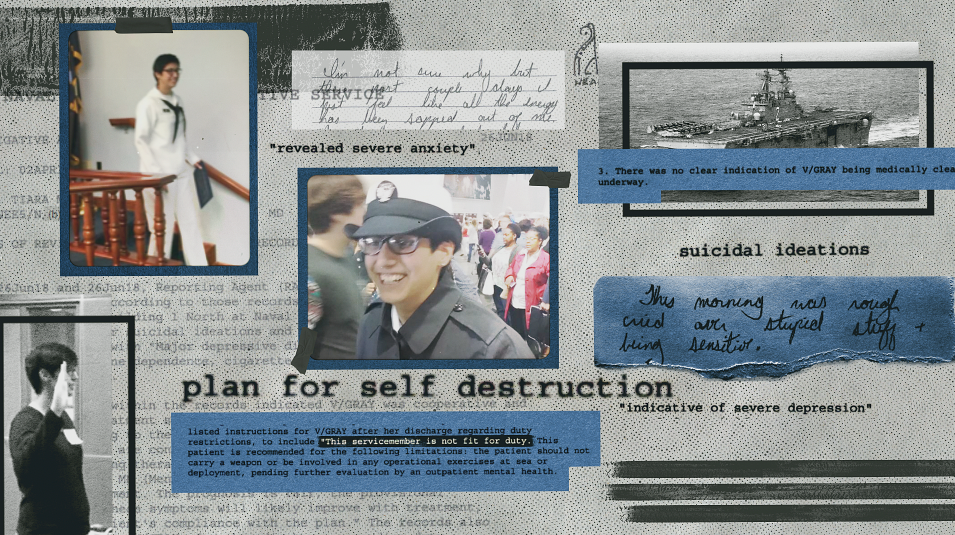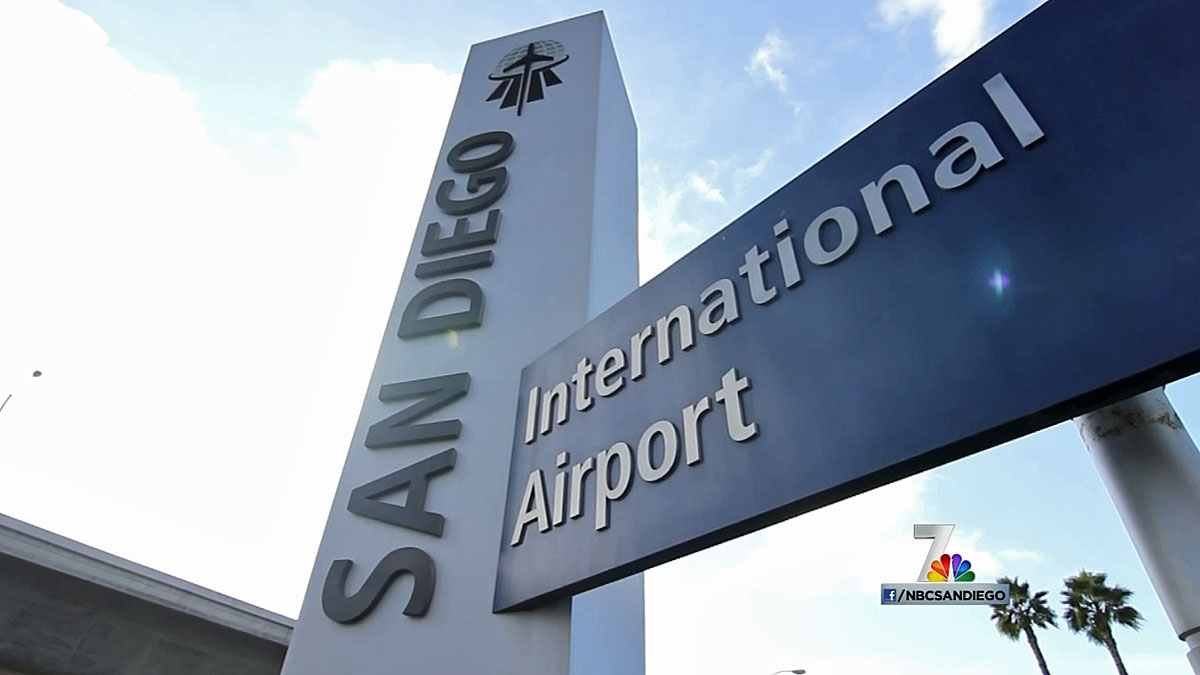What to Know
- The boy was diving for lobsters about 115 feet from shore when he was attacked.
- Nearby kayakers, an off-duty police officer, an off-duty lifeguard and their friend, rushed to the boy's aid and quickly got him to shore.
- Experts say the boy's wounds are consistent with the bite of a Great White Shark.
Encinitas officials have confirmed the 11-foot-long shark that bit a teenage boy diving for lobster at Beacon's Beach last month was a great white shark.
San Diego researchers said they believed the shark that bit 13-year-old Keane Webre-Hayes on the arm ear, shoulder and back on September 29 was a great white but the wetsuit the boy was wearing was being genetically tested for confirmation.
Doctor Chris Lowe with the Shark Lab of California State University, Long Beach said on Wednesday DNA found on Webre-Hayes' wetsuit concluded the predator species was involved in the attack.
He said while shark attacks are extremely rare, locals should be aware that fall is a time where more sharks may be along the Southern California coastline.
The method used to collect DNA from Hayes wetsuit is similar to a method in development that can help lifeguards collect DNA from ocean water samples in order to detect sharks.
Lowe is working with lifeguards to develop the procedure.
Local
"A species-specific test would enable lifeguards to detect which sharks have been near the coastline by testing samples of ocean water collected near the shoreline," the city of Encinitas said.
Webre-Hayes was air-flighted to Rady Children's Hospital in Linda Vista in critical condition after being bitten by the shark while swimming in shallow waters near Beacon's Beach around 6:55 a.m.
His mother Ellie Hayes was watching her son from a parking lot on the bluffs above the beach and could hear her son's screams.
Witnesses described hearing his calls for help before seeing a pool of blood in the water.
He was in serious condition for several days before being released from the hospital last Thursday. Doctors and his family said that he had a long road to recovery in front of him.
"[The bite was] very deep, down to the chest wall through the muscles. It was a very large injury. He was lucky in that no vascular structures were injured in the initial attack," surgeon Dr. Tim Fairbanks said.
Fairbanks said the men in the kayak and other Good Samaritans who helped apply pressure to Keane's wounds on the beach before paramedics arrived deserve partial credit for saving the boy's life.
University of San Diego researchers said while shark sightings are becoming more frequent off the California coast, it is extremely rare for anyone in the world to be bitten.
"Great white populations are increasing in Southern California and that's because they've been legally protected for the last couple of decades," said USD marine biologist Andrew Nosal. "That's a good thing for our local ecosystem. At the same time, the human population has also grown here. That means more sharks at the beach but also more people at the beach."
The water from Ponto Beach in Carlsbad to Swamis in Encinitas was closed and was reopened when lifeguards were certain the shark had not been sighted again for at least 48 hours.
"At this time there have been no reports from the public or any public safety officers of any shark activity in this area, so we want to make this loud and clear to everybody. And this is very, very unfortunate and very infrequent, this is a significant event for us but at the same time, it's very rare," Encinitas Marine Safety Captain Larry Giles said.
In April 2017, a woman was attacked by a shark in the waters off San Onofre State Beach near Marine Corps Base Camp Pendleton. The last time a shark attack has been deadly in San Diego County was in Solana Beach in 2008.
A GoFundMe page has been created to help with Keane's medical bills.



